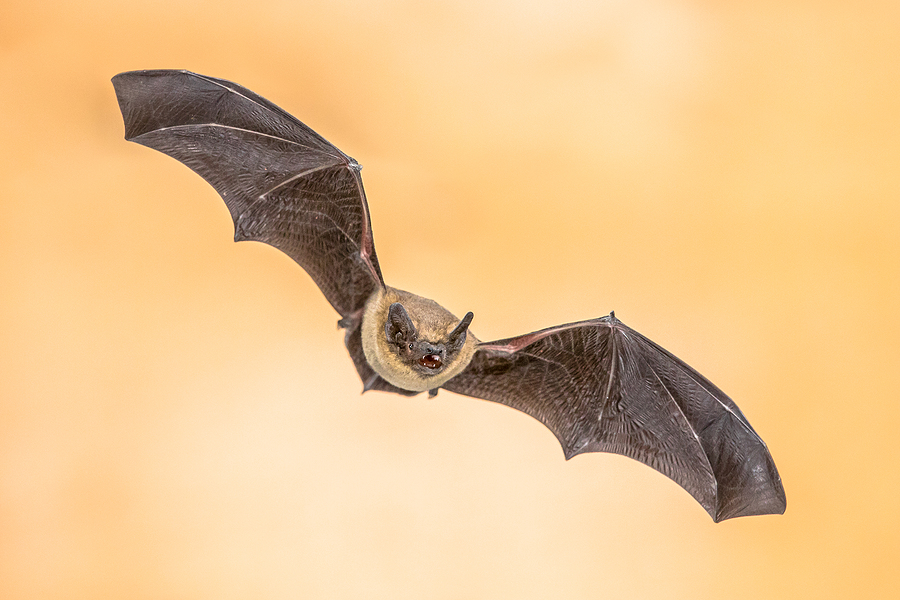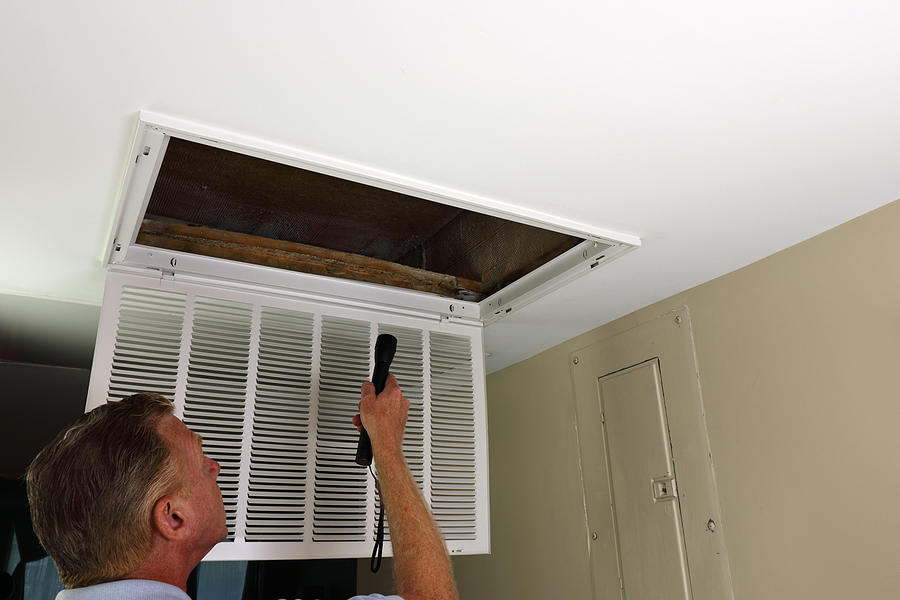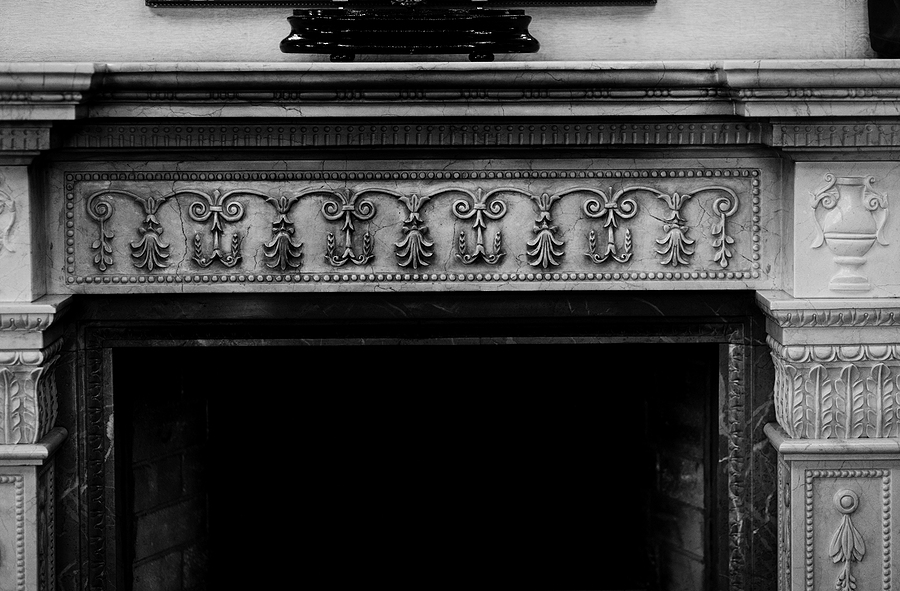Bats, being nocturnal creatures, are seldomly seen but often heard in the night sky. However, if those chittering echolocations start coming from the roof of your home, it’s a clear indication that you may have some unexpected guests – a bat colony setting up roost in your attic. Beyond just the eerie sounds, a bat infestation poses health hazards and structural risks to your home. It’s crucial for homeowners to address this issue swiftly and with care.
This comprehensive guide is designed to walk you through the necessary steps to handle the presence of bats in your attic—from understanding the signs of infestation to the post-removal restoration of your living space.

Identifying a Bat Infestation Problem
The first step to resolving any bat-related issues is to recognize the signs of their presence. Common indicators include squeaking or scratching noises during the evening as bats become active, as well as the discovery of droppings called guano in your attic. Guano is often found in mounds on the floor and can resemble rodent droppings but are larger and have a somewhat shiny appearance due to the remnants of insect parts.
Why Prompt Bat Removal is Critical
Aside from the unsettling clamor, bats in the attic can cause significant damage. Bats are not only messy but also chew on attic insulation and can even cause structural damage with their roosting habits. Furthermore, bat guano can harbor fungal spores, such as those that cause histoplasmosis, presenting a severe health risk to you and your family.
Understanding Bat Behavior
To approach a bat infestation safely and effectively, homeowners must comprehend why bats are drawn to attics in the first place.
The Attraction to Attics
Attics provide the ideal conditions for bats to roost and raise their young. These spaces are secluded, offer stable temperatures, and are safe from predators. Furthermore, they are often vulnerable to animal intrusions because many people overlook attic and roof maintenance.
Nesting and Roosting Habits
Bats are not simply resting in your attic—they likely view it as their home. During hibernation, female bats seek out warm, dark, and undisturbed areas to give birth and raise their pups. A colony can quickly grow in a short span of time, and a single female can return year after year, possibly with offspring in tow.
Potential Risks
The dangers of a bat infestation extend beyond mere annoyance or property damage. Direct contact with bats or their droppings can lead to a number of infectious diseases, including rabies. Histoplasmosis, a respiratory illness caused by the inhalation of fungal spores from guano, can be particularly problematic.
Steps to Take to Get Rid of Bats in Your Attic
If you suspect bats in your attic, don’t panic. There are clear measures you can take to resolve the issue. The initial step is to confirm the presence of bats and identify their entry and exit points. Do this by observing your home at dusk when bats leave to feed.
Professional Bat Removal Services
Given the complexity and risks involved, it is highly recommended to seek professional help from a wildlife removal specialist. They will employ humane exclusion methods to safely and legally remove bats from your attic.
Post-Removal Cleanup and Attic Restoration
Once the bats are gone, it’s time to clean up the mess they left behind. This involves removing guano, disinfecting, and restoring your attic to a bat-free state.
Legal Considerations
It’s important to be aware of the legal implications of removing bats. Many species are protected, so it’s crucial to follow the law when dealing with infestations. Certain species of bats are endangered or in decline, and laws are in place to protect them. This means removal must be conducted in a way that ensures the safety of the bats and their young, as well as exclusion methods that prevent their return.
Conclusion
Encountering bats in your attic is a serious matter, but by taking the right steps, you can ensure a safe and effective resolution. Remember to remain calm, act promptly, and consult with professionals who can guide you through the process. And always keep in mind the potential legal implications and the importance of respecting the wildlife you share the planet with.
Are you pretty sure you have bats in the attic or walls of your residence? Contact us today at 317-535-4605for licensed and insured Indianapolis bat removal services you can trust. We serve both residential and commercial clients with home inspections, bat removal, bat proofing, bat cleanup, and more. Request a free estimate or advice, today!
Related Posts:
Sharing Space: Understanding Why Bats Love Your Attic
Schedule an Attic Inspection if You Think You Have a Bat Infestation
How to Look for Bats in the Attic










